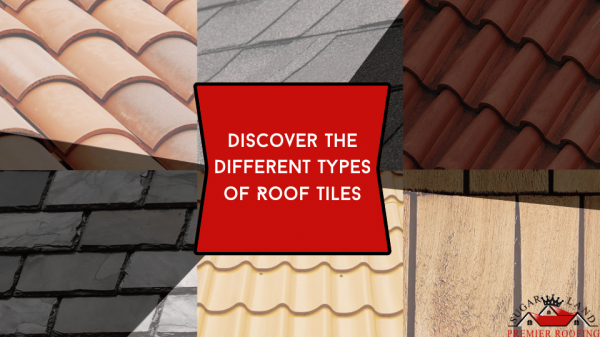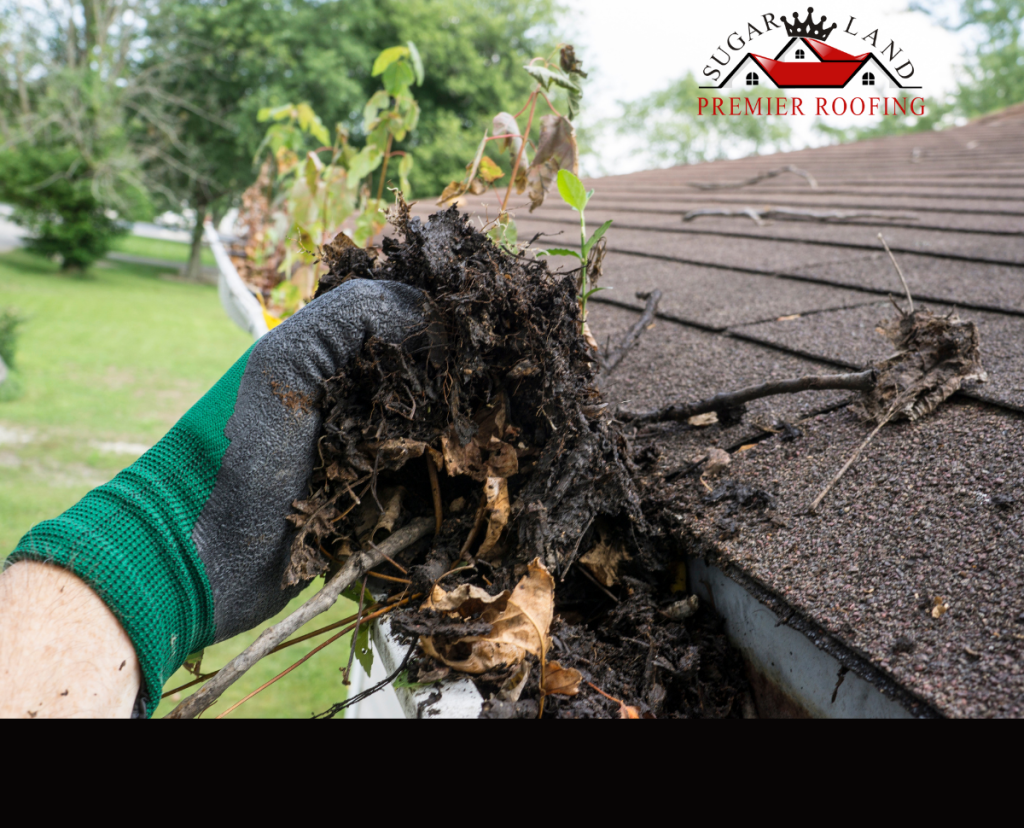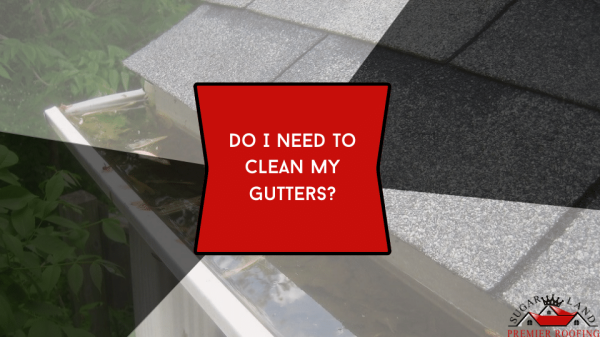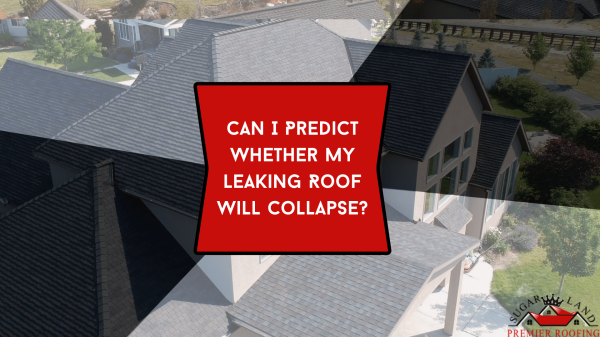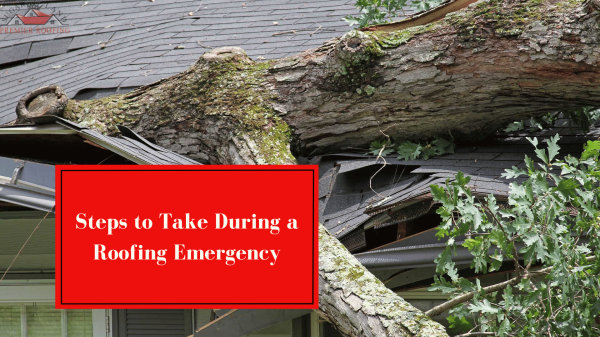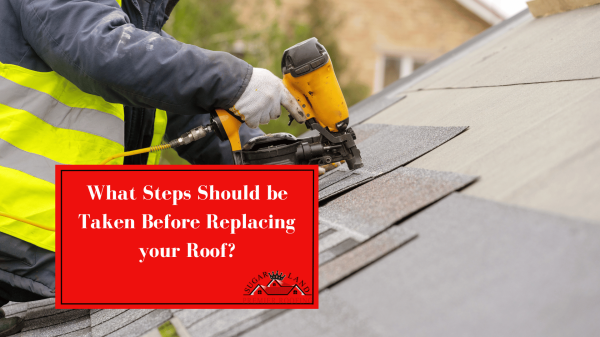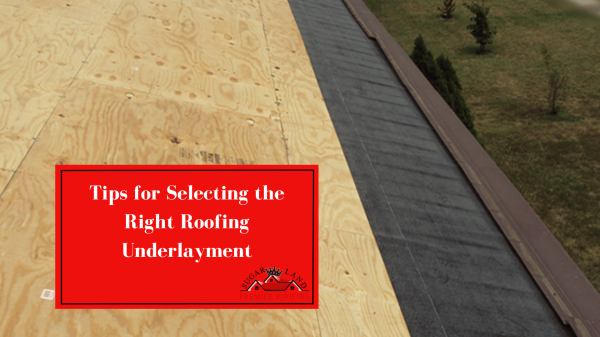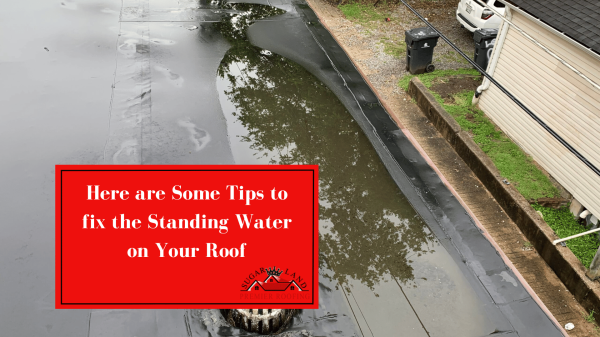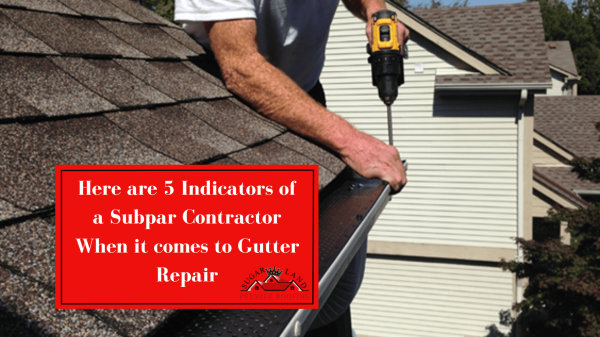If you’re wondering, “Is it better to replace or repair slate roofs?” Let Sugar Land Premier Roofing help you out. Slate roofs look great and last for decades. However, they will ultimately need replacement or repairs. Slate roof repair may be enough to return your property to its peak condition. Moreover, it may keep it that way for years to come.
So, how do you know what option is more convenient between repairing or replacing a slate roof? When making crucial choices like this, professional help is vital.
Read on for a helpful guide to determining whether to repair or replace your slate roof.
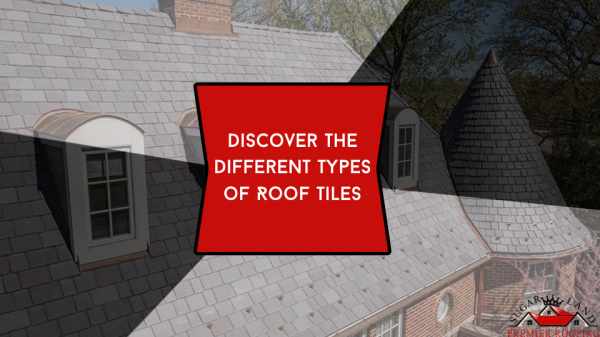
Factors that Cause Roof Damage to Slate
Everybody knows the natural stone slate for its durability and longevity. Although this is true, many property owners feel there is no need for regular care because of its long life. This wrong belief is a grave mistake!
Slate roofs may survive over 150 years without requiring replacement if they receive proper care. But that does not mean the hard stone tiles will not suffer damage. The reasons why slate roofs typically need maintenance include:
- Hail: Hail is a frequent cause of breaking slate tiles on roofs. The power of its impact may break or penetrate the stone tiles when falling on them. If you do not fix it immediately, the damage will become worse. Besides, the tiles will become less stable, allowing moisture to seep through to the underlayment.
- Natural Aging: Slate tiles naturally age since they experience the elements’ effects year-round. Extreme heat or cold will cause the roofing material to expand and shrink. This phenomenon eventually causes fissures or fractures in the tiles. Depending on the extent of the damage, a slate roof may need repairs or replacement.
Maintaining a Slate Roof
Slate roofs require periodic maintenance that entails a visual evaluation of the roof and the building for signs of water damage. This inspection includes checking the outside and inside of the property. Look for loose tiles that wind or poor installation may have caused.
Flashing, the thin materials roofers place around the roof’s most vulnerable spots, such as chimneys, vents, and skylights. Check whether your contractor inspected the flashing condition during the inspection. You can avoid water damage, rot, and mold in the roof’s underlayment due to flashings. One of a slate roof’s most vulnerable areas is flashing.
The gutters are another weak point. They will not do the job of driving rainfall away from the roof if they are damaged. They may have clogs inside, separated from the structure, or have holes. These problems can cause water to accumulate on the roof, causing issues with mold and mildew.
Check out composite slate if you want a low-maintenance alternative t traditional slate for your roof.
Slate Roof Repair
Be sure to look for broken or missing slate tiles regularly. Repairing a slate roof is as easy as replacing cracked or missing tiles. Is the flashing around your roof old, worn, or loose? You may need to repair it.
The roofers nail the tiles to the underlayment using fasteners. The best materials to manufacture fasteners to fix slate are cut steel, galvanized steel, and copper wire.
A correctly installed roofing material should endure for decades. But metal fasteners can rust and degrade because of moisture exposition. Therefore, you may need to replace faulty fasteners as part of your slate roof repair.
Slate Roof Replacement
You may consider a slate roof replacement if you frequently need repairs. Constant repairs will merely provide a Band-Aid solution at great expense.
Are over 20 percent of the tiles damaged or worn? It may be time to replace that roof. Repairing only its damaged sections might compromise the integrity of the roof if the damage is extensive. Also, it will make it more probable that workers may unintentionally cause additional damage.
Do most of the surface of your slate roof peeling off? You will need to replace it as well. When a stone flacks or spalls, it has reached the end of its lifespan.
Choosing Between Repair or Replace Your Slate Roof? Let the Experts handle It
You can use the criteria we mentioned before to decide between repairing or replacing your slate roof. However, if you need further guidance and live in Texas, you can always trust Sugar Land Premier Roofing.
Sugar Land Premier Roofing is the company to call in Texas for slate roof repair and replacement. Our roofing experts provide many roofing services, from inspections to new roof installations and gutters repairs.
For more information, contact Sugar Land Premier Roofing at 832-639-1299. We service areas in Sugar Land, Katy, Deer Park, and Houston, TX.


